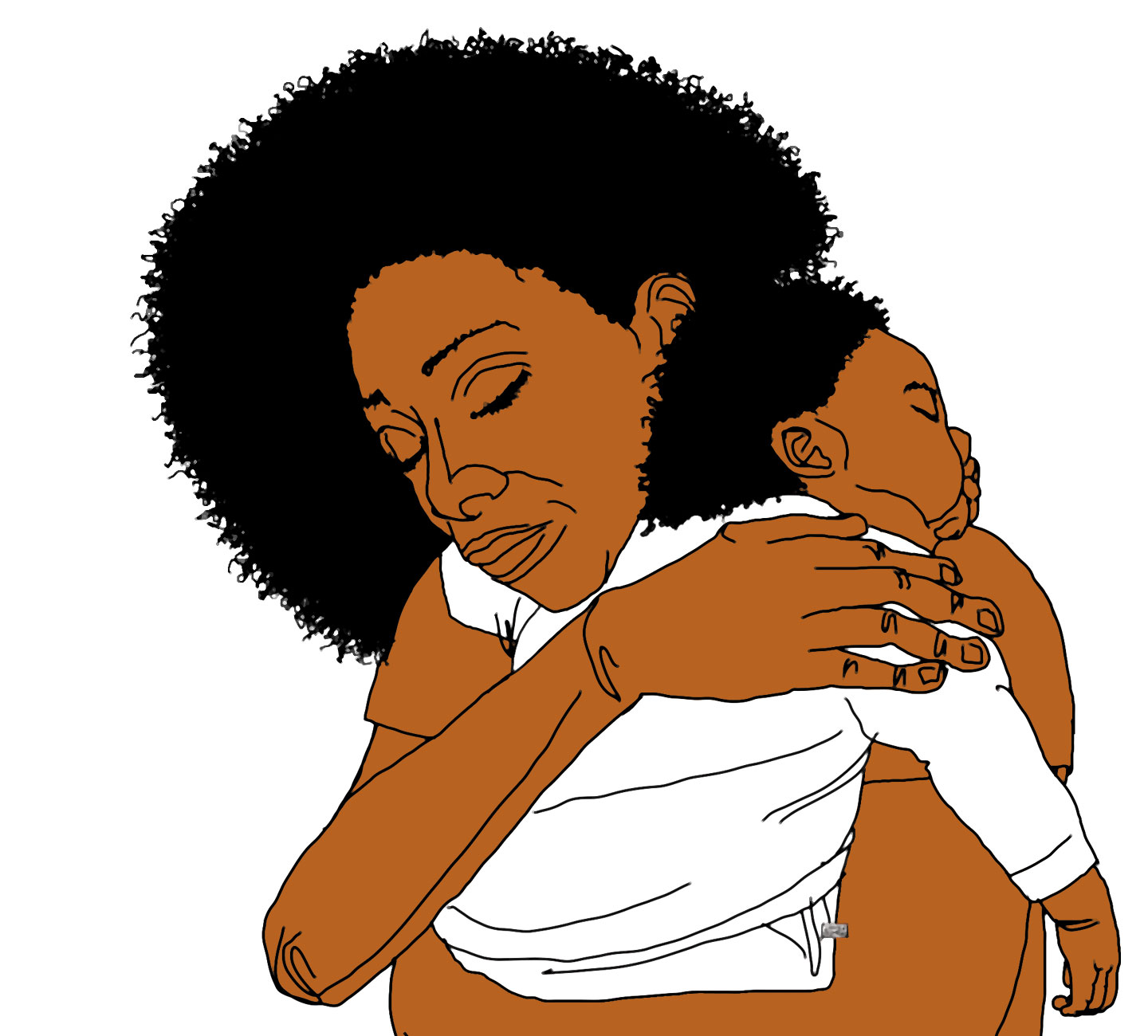Welcome to DU!
The truly grassroots left-of-center political community where regular people, not algorithms, drive the discussions and set the standards.
Join the community:
Create a free account
Support DU (and get rid of ads!):
Become a Star Member
Latest Breaking News
General Discussion
The DU Lounge
All Forums
Issue Forums
Culture Forums
Alliance Forums
Region Forums
Support Forums
Help & Search
Whats Killing Americas Black Infants?
Source: The Nation

After she lost her son, Tonda Thompson dreamed of a baby in a washing machine. She’d stuffed in dirty clothes and closed the door. The lock clicked shut. Water rushed in. Then she saw him, floating behind the glass. Frantic, she jabbed at a keypad on the machine, searching for a code to unlock the door.
Related Article
What It’s Like to Be Black and Pregnant When You Know How Dangerous That Can Be
When Thompson became pregnant she was 25, living in Los Angeles and working as a model. She and her boyfriend got engaged and moved back to Milwaukee, Wisconsin. She’d grown up on the city’s north side, a predominantly African-American neighborhood with pockets of deep poverty, in a zip code known for having the highest incarceration rate in the United States. Thompson went to all of her medical appointments, took prenatal vitamins, and stayed in shape. On her birthday, she wrote on Facebook that the only gift she wanted was “a healthy mom and baby.” But she also wrote about how hard it was to be pregnant in a city where there was “nothing to do that’s fun and safe.”
Thompson got married in April 2013, and a month later went into labor. Forty hours later, Terrell was born. He lived less than half that time, due to “complications” with the delivery. By the time Thompson got home, all of the baby’s things had been moved to the basement. She’d gotten to hold him for five minutes.
Thompson sank into a depression. She thought about suicide. On her birthday, she received divorce papers; by the next summer, she was on the verge of homelessness. She often felt angry that the hospital didn’t save her son. But mostly she asked herself, “What did I do wrong?”
<snip>
All of these effects together create what scientists call “allostatic load,” or “the cumulative wear and tear on the body’s systems owing to repeated adaptation to stressors,” according to a 2006 study published by Arline Geronimus and others in the American Journal of Public Health. Geronimus, a University of Michigan professor, developed what she calls the “weathering” hypothesis, which posits that black Americans’ health deteriorates more rapidly than other groups’ because they bear a heavier allostatic load. “These effects may be felt particularly by Black women because of ‘double jeopardy’ (gender and racial discrimination),” Geronimus and her co-authors noted. (Infant mortality is just one of many forms of disease that fall disproportionately on black Americans. The list includes cervical cancer, asthma, diabetes, and cardiovascular disease.)
<snip>
Institutional racism is like a thicket of thorny plants: After a woman spends a few decades walking through it, it can be hard to tell which particular prick led to her child’s death, or if it was all of them together. But there’s growing recognition that a woman’s entire life experience matters, maybe even her parents’. “We literally embody, biologically, the societal and ecological conditions in which we grow up and develop and live,” said Dr. Nancy Krieger, a professor of social epidemiology at Harvard University. “Infant mortality is affected by not only the immediate conditions in which the infant is conceived and born, but also the health status of the mother and, some evidence indicates, the father as well.” In 2013, Krieger and her colleagues compared infant deaths in states with and without Jim Crow laws; they found that black infant deaths were significantly higher in Jim Crow states, but that after the passage of the 1964 Civil Rights Act, the gap shrank and, by 1970, had disappeared (although the overall black/white gap persisted). The study suggests that discriminatory policy does indeed shape health outcomes. If this is true, then the infant-mortality gap can’t be closed without addressing broader inequities in employment, education, health care, criminal justice, and the built environment—in other words, without ending racial discrimination altogether.
Read more: https://www.thenation.com/article/whats-killing-americas-black-infants/
InfoView thread info, including edit history
TrashPut this thread in your Trash Can (My DU » Trash Can)
BookmarkAdd this thread to your Bookmarks (My DU » Bookmarks)
0 replies, 2616 views
ShareGet links to this post and/or share on social media
AlertAlert this post for a rule violation
PowersThere are no powers you can use on this post
EditCannot edit other people's posts
ReplyReply to this post
EditCannot edit other people's posts
Rec (4)
ReplyReply to this post